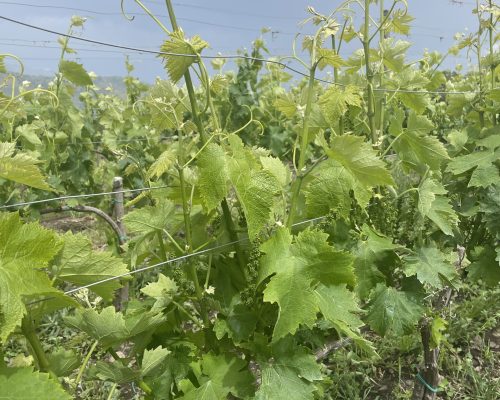Discovering the rich and diverse wines of Sicily
Sicily, the largest Mediterranean island, is renowned for its captivating landscapes, rich history, and vibrant culture. Among its many treasures, Sicilian wine stands out as a testament to the island’s winemaking heritage, which dates back to ancient times. While Marsala wine is perhaps the most famous export, Sicily’s vinous offerings extend far beyond this fortified favorite. Let’s embark on a journey to explore the diverse and fascinating wines of Sicily, delving into the unique characteristics and regions that make this island a true paradise for wine enthusiasts.
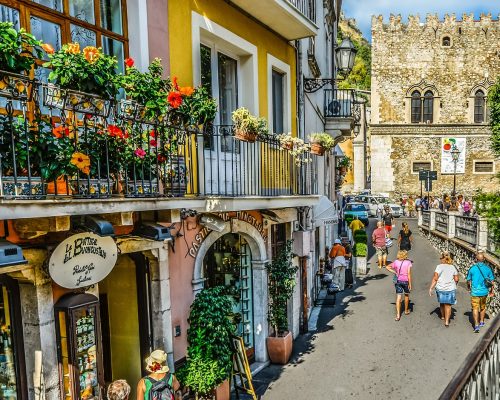
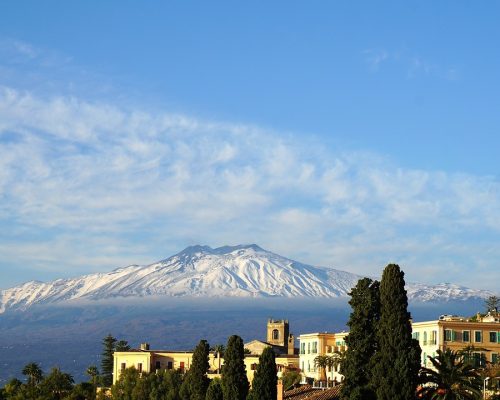
A brief history of Sicilian winemaking
Sicilian winemaking dates back to the 8th century BCE, introduced by the Phoenicians and later cultivated by the Greeks, who recognised the island’s potential for producing exceptional wine. The Romans further developed viticulture, and by the Middle Ages, Sicily had established itself as a significant wine producer. Throughout the centuries, winemaking techniques evolved, influenced by various cultures that occupied the island, including the Byzantines, Arabs, and Normans.
Despite its rich history, Sicily’s wine industry faced challenges in the 20th century, primarily due to economic hardships and a focus on quantity over quality. However, the late 20th and early 21st centuries have seen a remarkable renaissance. Modern winemakers have returned to traditional methods, embraced organic practices, and invested in technology to enhance quality, positioning Sicilian wines on the global stage once more. A truly stand out region of Italy.
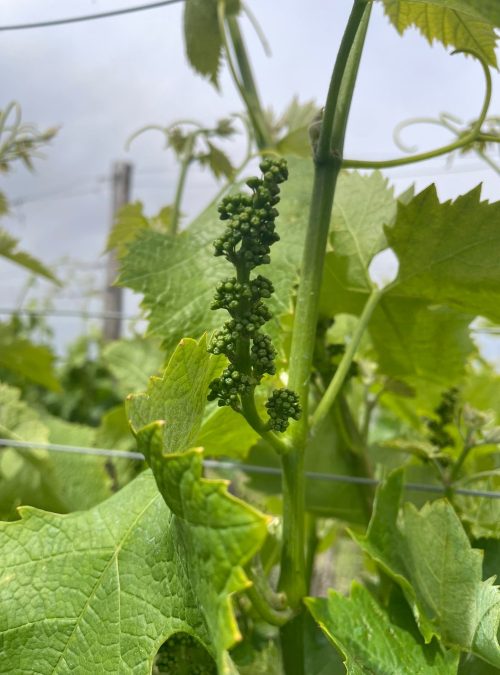
Native grapes: Sicily’s secret weapon
Sicily boasts a wealth of indigenous grape varieties, each contributing to the island’s diverse wine portfolio. Among the most notable are Nero d’Avola, Nerello Mascalese, Grillo, and Chardonnay.
Nero d’Avola is often dubbed the “King of Sicilian Grapes.” Named after the town of Avola in the southeast, this robust red variety produces wines that are rich in flavour, with dark fruit notes, balanced acidity, and a hint of spice. Whether enjoyed young or aged, Nero d’Avola wines consistently impress with their depth and complexity. Its adaptability allows it to thrive in various terroirs across the island, making it a versatile and celebrated grape.
Nerello Mascalese, primarily grown on the slopes of Mount Etna, is another standout red variety. The volcanic soils impart a unique minerality to the wines, which are often compared to those of Burgundy due to their elegance and finesse. Nerello Mascalese wines typically exhibit red berry flavours, floral notes, and a distinctive earthy character. This grape thrives at higher altitudes, where cooler temperatures help maintain acidity and freshness, resulting in wines with excellent ageing potential.
Grillo, a versatile white grape, thrives in Sicily’s sunny vineyards. Known for its crisp acidity and vibrant citrus and tropical fruit flavours, Grillo is often used in refreshing white wines that perfectly complement the island’s seafood-rich cuisine. Historically used in Marsala production, Grillo has gained prominence as a single-varietal wine, showcasing its potential for producing aromatic and well-structured whites.
Chardonnay may not be indigenous to Sicily, but it has found a welcoming home on the island. This internationally renowned grape thrives in Sicily’s diverse climates, producing wines that range from fresh and fruity to rich and complex. The island’s warm days and cool nights contribute to the development of Chardonnay with vibrant acidity, balanced by flavours of tropical fruit, citrus, and sometimes a hint of minerality. Winemakers often experiment with different vinification techniques, including oak ageing, to create unique expressions of this classic grape.
Other notable indigenous varieties include Frappato, known for its light-bodied, aromatic reds with floral and berry notes, and Carricante, a white grape from Etna producing wines with high acidity, citrus, and saline notes.

Exploring Sicily’s wine regions
Sicily’s wine regions are as diverse as its grape varieties, each offering unique expressions of the island’s terroir.
Etna DOC, located on the slopes of the iconic Mount Etna, is one of the most exciting wine regions in Sicily. The high altitude and volcanic soils produce wines with remarkable structure and minerality. Red wines from this region, predominantly made from Nerello Mascalese, are particularly esteemed for their elegance and complexity. The whites, mainly from Carricante, are noted for their crispness and longevity.
Cerasuolo di Vittoria DOCG is Sicily’s only DOCG (Denominazione di Origine Controllata e Garantita) region, a testament to its exceptional quality. The wines here are a blend of Nero d’Avola and Frappato, resulting in vibrant, fruit-forward reds with a distinctive cherry aroma and a touch of spice. This region’s unique climate, with warm days and cool nights, helps produce balanced and aromatic wines.
Menfi DOC, situated in the southwestern part of the island, is known for its diverse range of wines, from robust reds to crisp whites. This region is a showcase for Sicily’s ability to produce both traditional and innovative wines, with a focus on sustainability and organic practices. Menfi is home to some of the island’s most prominent wine estates, which have played a crucial role in Sicily’s viticultural renaissance.
Noto DOC, in the southeast, is famous for its sweet wines made from Muscat grapes, as well as robust Nero d’Avola. The region’s warm climate and limestone-rich soils contribute to the production of rich and expressive wines.
Pantelleria, an island closer to Africa than to mainland Sicily, is renowned for its sweet Passito di Pantelleria, made from Zibibbo (Muscat of Alexandria) grapes dried under the sun. These wines are intensely aromatic, with honeyed and dried fruit flavours, making them a unique treasure of Sicilian winemaking.

Top three Sicily vineyard visits
For wine enthusiasts planning a visit to Sicily, the island offers a plethora of exceptional vineyards. Here are three must-visit estates, each offering a unique glimpse into Sicilian winemaking.
Gambino Vini (pictured)
Located on the northeastern slopes of Mount Etna, Gambino Vini is a family-owned winery that perfectly encapsulates the essence of Etna’s winemaking tradition. The vineyard sits at an elevation of 800 metres, where the volcanic soil and cool mountain air create ideal conditions for producing high-quality wines. Visitors can enjoy a guided tour of the vineyard and cellar, learning about the unique characteristics of Etna’s terroir and the meticulous process behind their wines. Tasting sessions include a selection of their celebrated Nerello Mascalese and Carricante wines, paired with local Sicilian delicacies. The breathtaking views of the surrounding landscape make a visit to Gambino Vini a truly unforgettable experience.
Planeta
Planeta is one of Sicily’s most prestigious and innovative wine producers, with estates spread across the island, including Menfi, Vittoria, Noto, and Etna. Each estate specialises in different grape varieties and wine styles, reflecting the diverse terroirs of Sicily. The Ulmo estate in Menfi, where the Planeta story began, offers visitors an immersive experience with vineyard tours, wine tastings, and cooking classes. The winery is committed to sustainability and environmental stewardship, making it an ideal destination for eco-conscious wine lovers. Planeta’s wines, from the crisp whites of Menfi to the robust reds of Vittoria, showcase the breadth and depth of Sicilian winemaking.
Donnafugata
Donnafugata is another iconic name in Sicilian wine, renowned for its commitment to quality and innovation. With vineyards in Marsala, Pantelleria, and Etna, Donnafugata produces a wide range of wines that highlight the island’s diversity. The Contessa Entellina estate, located in western Sicily, is a prime destination for visitors. The estate offers guided tours that include walks through the vineyards, visits to the historic cellars, and comprehensive wine tastings. Donnafugata’s wines are known for their elegance and balance, with standout offerings like Mille e Una Notte and Ben Ryé. The winery’s emphasis on art and music, reflected in its vibrant wine labels and events, adds an extra layer of cultural richness to the experience.
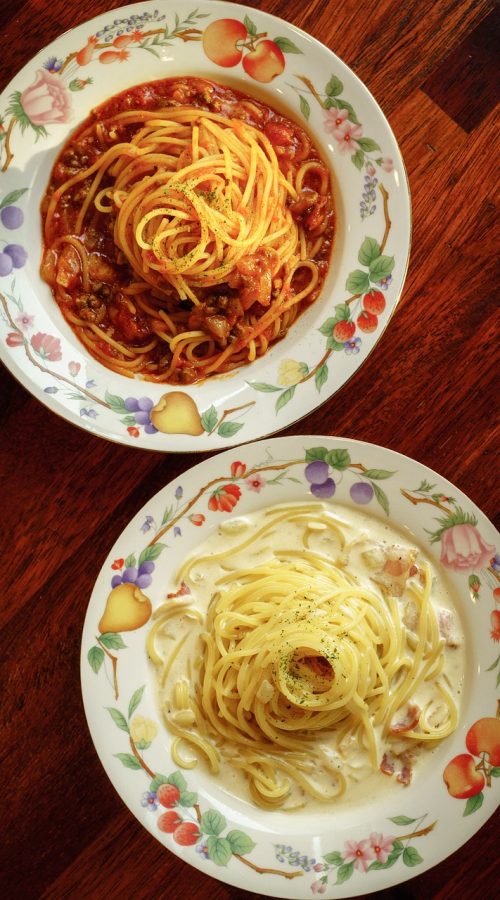
Food and wine pairings; A taste of Sicily
Sicilian cuisine is a rich tapestry of flavours, influenced by the island’s diverse history and abundant local ingredients. The combination of fresh seafood, sun-ripened vegetables, and aromatic herbs creates dishes that pair beautifully with the island’s wines.
Arancini, the famous Sicilian rice balls stuffed with ragù, mozzarella, and peas, are a perfect match for a glass of Nero d’Avola. The wine’s robust structure and dark fruit notes complement the savoury filling and crispy exterior.
Caponata, a sweet and sour aubergine dish made with tomatoes, olives, capers, and celery, pairs wonderfully with Grillo. The wine’s crisp acidity and citrus flavours balance the rich, tangy vegetables.
Pasta alla Norma, a classic Sicilian pasta dish with fried aubergine, tomatoes, ricotta salata, and basil, is ideally paired with a Nerello Mascalese. The wine’s red berry flavours and earthy notes enhance the dish’s bold, savoury elements.
For seafood lovers, Spaghetti ai Ricci di Mare (sea urchin pasta) is a must-try. This dish pairs beautifully with a Chardonnay from Sicily, whose vibrant acidity and tropical fruit flavours harmonise with the briny, rich sea urchin.
Finally, Cannoli, Sicily’s iconic dessert featuring crispy pastry shells filled with sweet ricotta cheese, pairs delightfully with Passito di Pantelleria. The wine’s honeyed sweetness and dried fruit flavours enhance the creamy, citrusy filling of the cannoli.
The future of Sicilian wine
The renaissance of Sicilian wine in recent decades has been nothing short of remarkable. Winemakers on the island are increasingly embracing sustainable practices, focusing on quality over quantity, and championing indigenous grape varieties. This dedication is earning Sicilian wines well-deserved recognition on the global stage.
Whether you’re a seasoned wine connoisseur or a curious novice, exploring the wines of Sicily offers a rewarding and delightful experience. Each bottle tells a story of the island’s rich history, unique terroir, and the passionate winemakers who bring these exceptional wines to life. So, raise a glass to Sicily and savour the flavors of this extraordinary island. Cheers!

